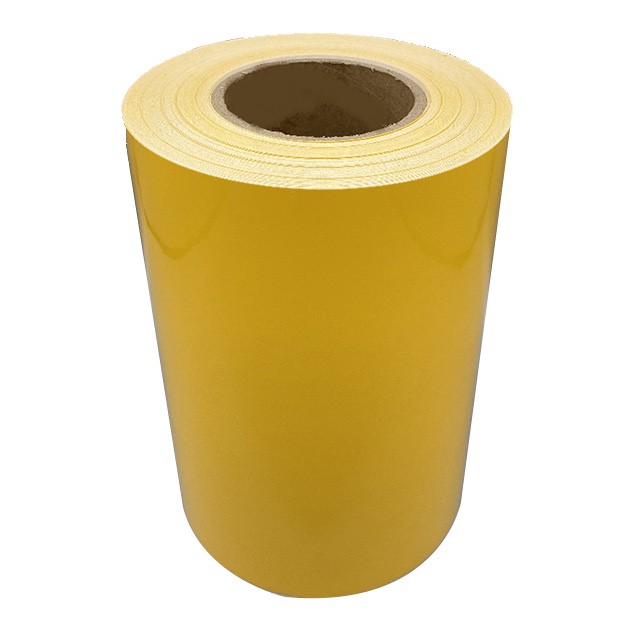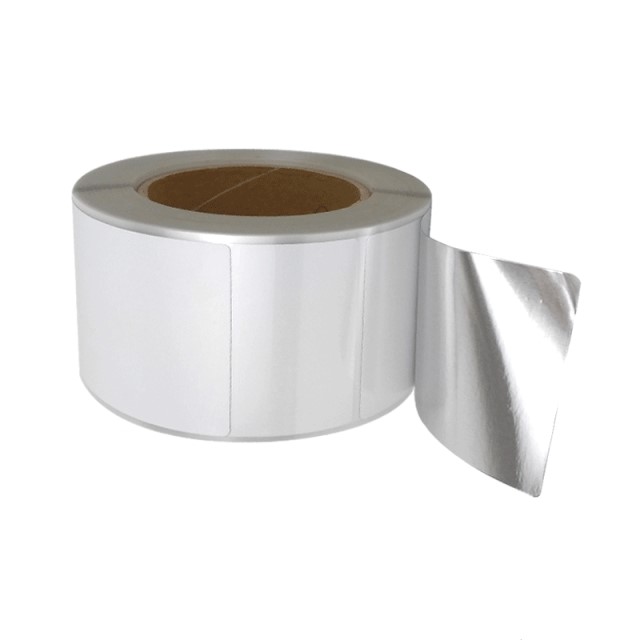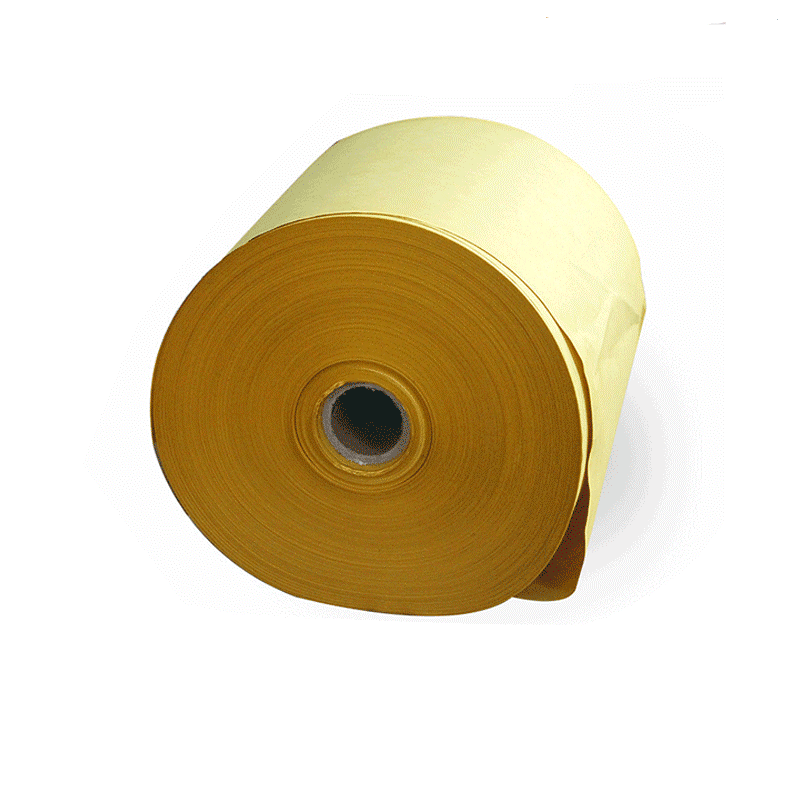Advanced Short Phrase for High-Temperature Labels
Sticker labels play a crucial role in various industries, providing essential information and identification for products. In high-temperature environments, such as manufacturing plants, industrial processes, and automotive applications, labels need to withstand extreme heat without compromising their functionality. Advanced short phrases for high-temperature labels have emerged as a solution to meet these demanding requirements. In this article, we will explore the significance of these labels, their key features, and their applications in different industries.
The Significance of High-Temperature Labels
In high-temperature environments, traditional labels may deteriorate, fade, or become illegible due to the extreme heat. This can lead to confusion, safety hazards, and potential product failures. High-temperature labels are specifically designed to resist these challenging conditions, ensuring that critical information remains visible and intact. By using advanced materials and technologies, these labels can withstand temperatures ranging from hundreds to thousands of degrees Celsius, providing reliable identification and safety instructions.
Key Features of Advanced High-Temperature Labels
Advanced high-temperature labels possess several key features that make them suitable for extreme heat environments:
1. Heat Resistance: These labels are engineered using materials that can withstand high temperatures without warping, melting, or losing adhesion. They are often made from specialized polymers, ceramics, or metal foils that offer exceptional thermal stability.
2. Adhesive Strength: The adhesive used in high-temperature labels is formulated to maintain its bonding properties even under extreme heat. This ensures that the labels remain securely attached to the surface, preventing any accidental detachment or loss of information.
3. Legibility: The text and graphics on high-temperature labels are designed to remain clear and readable even in extreme heat conditions. They are resistant to fading, smudging, and discoloration, ensuring that critical information can be easily understood and followed.
4. Chemical Resistance: In addition to withstanding high temperatures, these labels are often resistant to various chemicals, solvents, and oils. This feature ensures that the labels maintain their integrity and readability even when exposed to harsh substances commonly found in industrial environments.
Applications of High-Temperature Labels
The applications of high-temperature labels span across different industries:
1. Manufacturing: High-temperature labels are widely used in manufacturing processes, where they provide crucial information about the composition, handling instructions, and safety precautions of components and products. They are commonly found on machinery, equipment, and hazardous materials.
2. Automotive: In the automotive industry, high-temperature labels are utilized on various parts, such as engines, exhaust systems, and braking systems. These labels ensure that important information, such as operating temperatures, maintenance schedules, and safety warnings, remains visible and legible even under extreme heat conditions.
3. Aerospace: The aerospace industry relies on high-temperature labels for aircraft engines, fuel systems, and other critical components. These labels withstand the extreme temperatures experienced during flight and provide essential information for maintenance, troubleshooting, and safety procedures.
4. Energy and Power Generation: Power plants, including nuclear, thermal, and renewable energy facilities, utilize high-temperature labels to mark equipment, pipelines, and control panels. These labels ensure that vital information, such as temperature limits, voltage ratings, and emergency protocols, remains visible and accessible at all times.
Conclusion
Advanced short phrases for high-temperature labels have revolutionized the sticker label industry, enabling reliable identification and safety information in extreme heat environments. With their heat resistance, adhesive strength, legibility, and chemical resistance, these labels find applications in manufacturing, automotive, aerospace, and energy industries, among others. By using advanced materials and technologies, high-temperature labels ensure that critical information remains intact, enhancing safety, efficiency, and compliance in various sectors.
We offer comprehensive technical support, including free professional labeling solutions, advice on label materials and adhesive selection, as well as online/offline assistance from professional software and hardware engineers. Service email: andy@ownlikes.cn. In pre-sales, we leverage our extensive experience in specialty labeling projects to provide clients with the most suitable hardware solutions. Additionally, all our label barcode printers and scanners come with a three-year free warranty, demonstrating our confidence in our products.






This site is protected by reCAPTCHA and the Google Privacy Policy and Terms of Service apply.